Celebrating Polish Food on Nick Coffer’s Weekend Kitchen
This week I was invited back again as a guest on Nick Coffer’s Weekend Kitchen on BBC Three Counties Radio. I’ve really enjoyed popping into the studio over the last year with my ‘Ren Recommend’s’ slot, where I let people know what seasonal treats to put in their basket for the week, but it’s always extra fun to be invited in as a guest. If you haven’t heard the show, it’s a two-hour dinner party over the radio, where three guests come in each week with food that they’ve cooked, to chat about their foodie interests and backgrounds with host Nick Coffer of My Daddy Cooks, who is a keen cook himself and a cookery book author. Guests are usually local and based in the Three Counties, but anyone can tune in online via iPlayer and the show is available up to the following week too.
For the last couple of weeks, the food during the show has had a festive feel to it, featuring Italian Christmas food, as well as vegetarian Christmas food by fellow St Albans food blogger Clare Rudd of The Vegetarian Experience. Nick and producer Emma thought it would be interesting to tap into my Polish roots to talk about Polish Christmas food, so off I went to the studio to warm everybody up, armed with a Winter Mushroom Soup, Pierogi (stuffed dumplings) and a Sernik, a Polish Baked Cheesecake with Raisins and a Cranberry Compote.
Great fun was had by all as this week, the usual wine matching element had been replaced by festive cocktails mixed by Islay Kennedy. Islay knocked our socks off with her Christmas Fizz cocktail, well worth making on Christmas Day! We also tried a wonderful cocktail made with Islay’s own Griffith Park Sparkling Wine, with an added dash of elderflower cordial and a slice of cucumber. All the cocktail recipes are also on the fact sheet.
Fellow guest Lee Moynes, also a food blogger at Grub “n” Grog had cooked some fantastically tasty food which would make a great alternative to Christmas dinner, or even a festive dinner party. Lee made Parma Ham Wrapped Turkey Escalope with a Spiced Butternut Squash Stuffing and a Tomato and Mushroom Sauce, as well as Apple and Cinnamon Puffs with Vanilla Cream for pudding. Both courses were delicious, the plates were polished clean!
The fact sheet containing all the recipes is available here – it really is worth downloading the fact sheet every week as you usually get at least five free recipes that the guests have brought into talk about.
It was quite a challenge bringing in Polish Christmas food, not least because the Poles begin their Christmas celebrations with a twelve (!) course meal on Christmas Eve, called Wigilia, or the Vigil meal. Obviously, we didn’t have time for twelve courses of food, but I was able to talk about some of the symbolic elements of the meal, for example, how the twelve courses represent the twelve apostles. Also, when setting the table, we set an extra place for the unknown guest and traditionally we would lay hay or straw under the tablecloth to remember the manger. The meal begins when the first star appears in the sky and we start the meal by sharing oplatki, Christmas wafers, which would have been blessed by the priest. We then go on to enjoy a warming bowl of barszcz, a beetroot broth with uszka, mushroom filled ravioli. In some houses, there might be an alternative, such as the wild mushroom soup that I took in. Although the meal on Christmas Eve is meatless, fish features heavily, usually pickled or creamed herrings and fried carp. The meal also includes pierogi, which are Polish filled dumplings, a little bit like Italian ravioli or an Asian dim-sum, though boiled rather than steamed. On Christmas Eve Poles would traditionally have pierogi with cabbage (sauerkraut) and mushroom, although I took in my favourite kind that my Mama had made with cream cheese and potato, as we’ve always enjoyed them the most on Wigilia.

As you can imagine, there usually isn’t a lot of room for dessert, but traditionally a poppy seed cake called Makowiec would be served along with a fruit compote. I decided to put my own twist on things and take in a Sernik, which is a baked cheesecake, as it is one of my favourite Polish desserts and one which I have always wanted to try making myself having eaten it in many Polish households over the years.
My advice to Nick was to try making the pierogi himself in the New Year, or to befriend a Polish person to make them for him. Luckily, he has just moved into a new house with a Polish neighbour next door so I’m sure he’ll be in for more Polish treats soon!
If you’d like to listen to the whole show, it is available on iplayer for 7 days, the fact sheet should stay up for longer.
In the meantime, here’s the recipe for Pierogi with Cream Cheese and Potato
Pierogi with Cream Cheese and Potato
My Mother’s Recipe
Ingredients:
For the dough:
500g plain flour
¼ teaspoon salt
1 egg + 1 egg yolk
1 tablespoon olive oil (optional)
250 ml warm water (possibly a little more)
For the cheese and potato filling:
1 kg potatoes
150g curd cheese or use cream cheese
1 white onion, finely chopped and lightly fried in butter
1 egg yolk
For the topping
1 large white onion, finely chopped
100g butter
- To make the cheese and potato filling – peel and boil the potatoes in a large pan of salted water until soft. Drain and mash them.
- Mix the cheese into the mashed potato, add salt and pepper to season. Add in the cooked onion and egg yolk and mix well. Make sure the filling is completely cool when you use it to fill the dough. The filling can be made up to a day before you need it.
- To make the dough, pour the flour onto a large wooden board or clean work surface. Mix the olive oil, egg and egg yolk together. Add it to the flour and start mixing and add a little warm water at a time to the dough. You can use your fingers or a fork to bring the dough together. Mix in the warm water, a little at a time, until you have a soft dough. Once the dough comes together, kneed it on a floured surface for a couple of minutes just until it comes together. The dough should be quite elastic. If it is too wet, add a little more flour. Put the dough in a bowl and cover with a tea towel so that it doesn’t dry out while you prepare the filling.
- When you are ready to use the dough, roll half of it out until it is around 3mm in thickness. Use an inverted glass tumbler to cut out circles and lay them on a floured surface, again covering with a tea towel until you are ready to fill. Roll out the rest of the dough and do the same.
- Take your circles of dough and fill each one with a teaspoon of the filling. Fold each circle in half to enclose the filling into a semi-circle and crimp the dough together with your fingers so they are sealed. You can also use the back of a fork and press down around the edges to make sure they are sealed.
- To cook the Pierogi, drop them into a big pan of boiling, salted water. Don’t overload the pan. They are cooked when they float back up to the top, usually a couple of minutes. Take them out carefully with a slotted spoon.
- To make the topping, in a separate pan, melt the butter and cook the onion in the butter very slowly until soft. Pour a little butter over the Pierogi or serve with soured cream.
Thank you very much to Nick and Emma for inviting me back and to Emma for taking the photographs.
Wesołych Świąt!


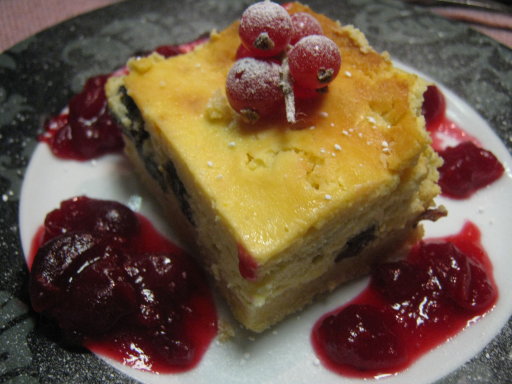
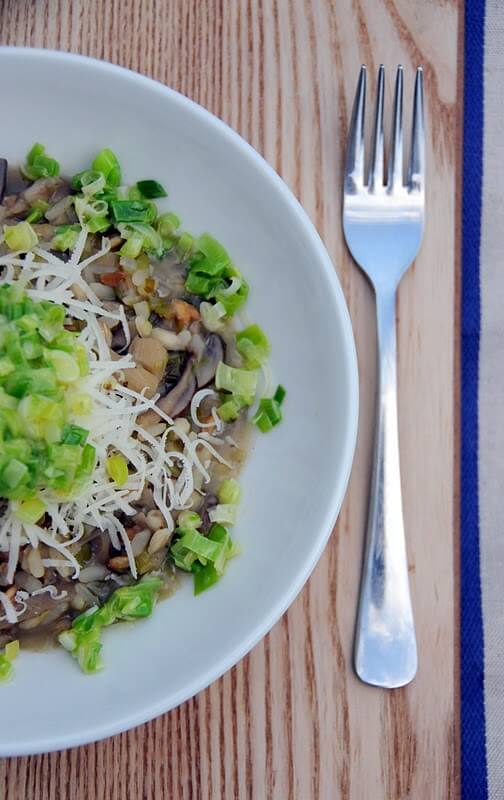
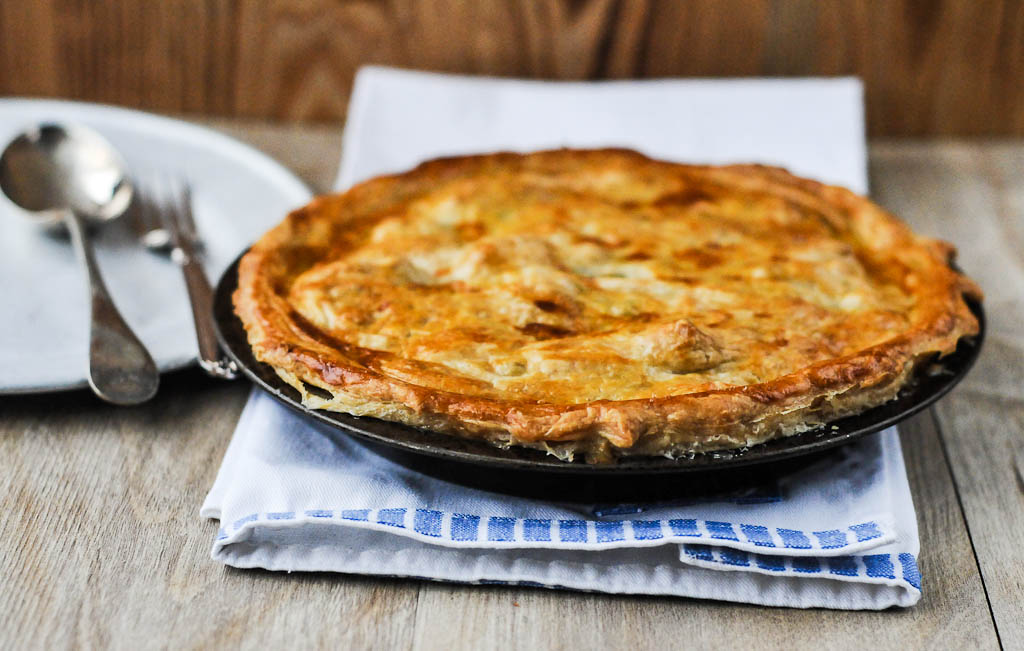
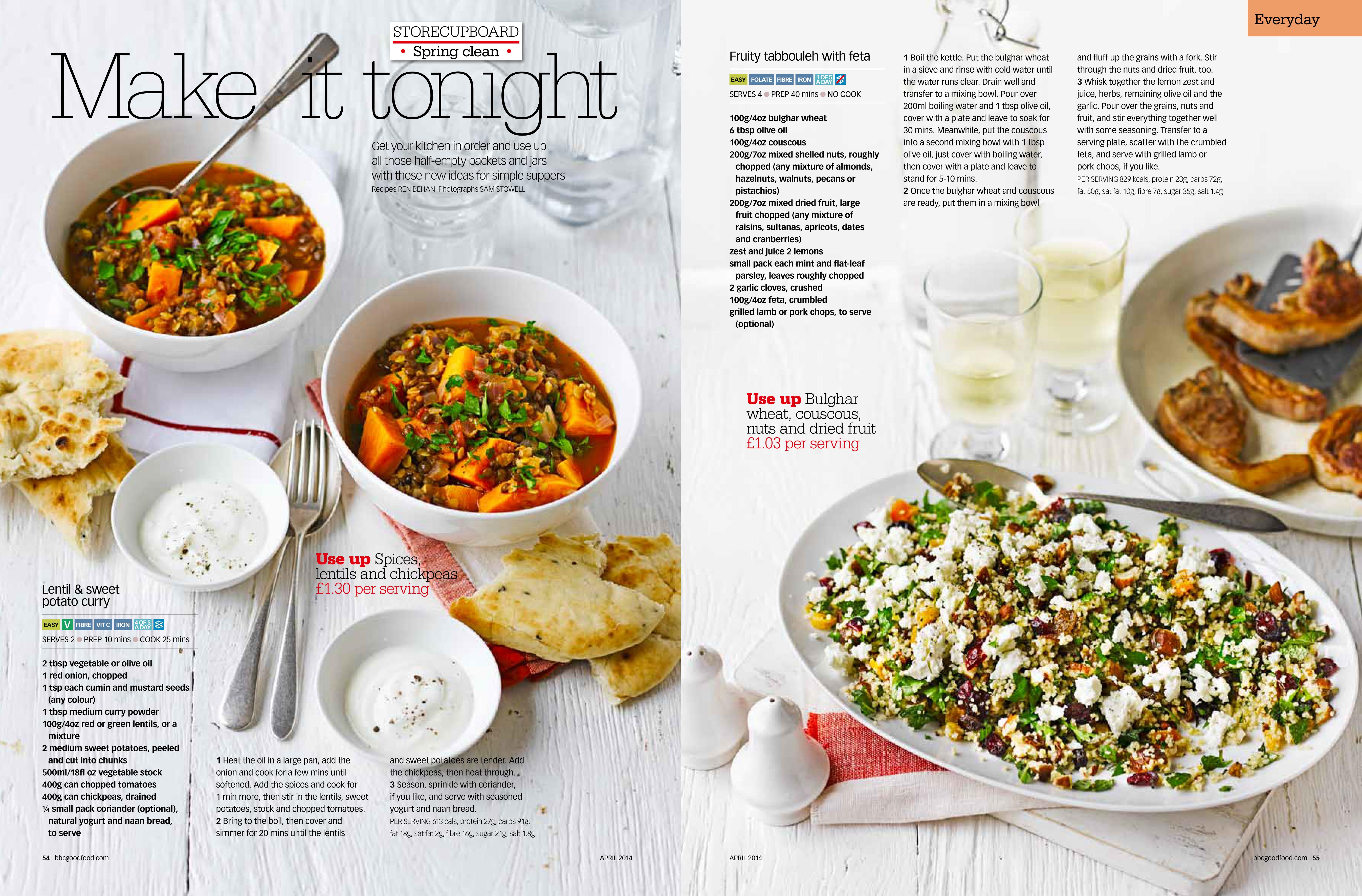
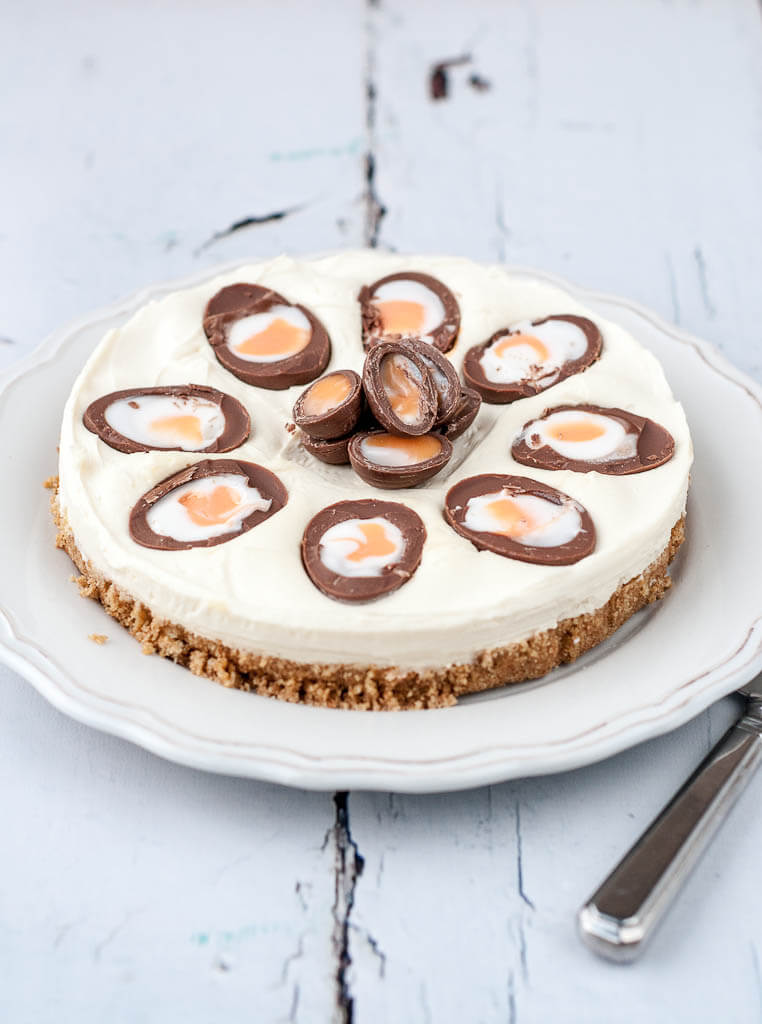
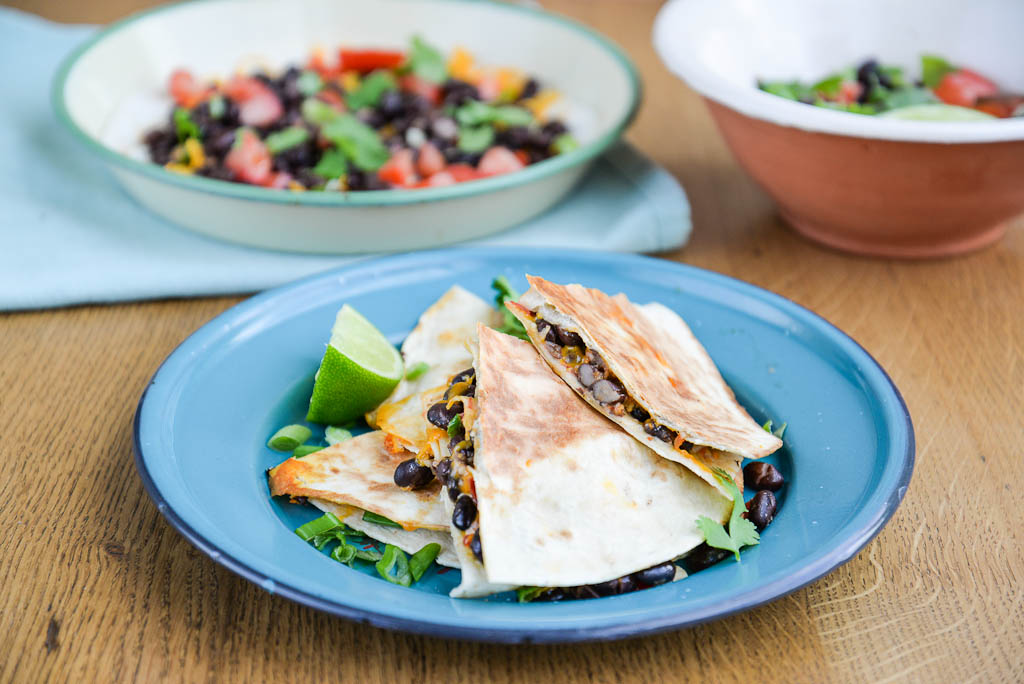
Love this round up Ren and thanks so much for the mention – I had a fab time on Nicks show too – I can’t wiat to go back! x
I listened yesterday and really enjoyed the show. I am definitely going to try making the Pierogi and the cheesecake looks awesome too. You are obviously becoming a radio expert!! – you came across really well. I love the sounds of Polish christmas and all of the traditions that come with it. As the kids grow, I am trying to create our own traditions. Hope you all have a lovely christmas and look forward to catching up in the new year xxx
Hi Clare, aah thanks so much for the lovely comment and thanks for tuning in! I was nervous about the food this time, less so about actually being on air. Polish food is a little bit left field, but then again, it’s nice to be different sometimes. Actually, it turned out to be three vegetarian dishes from me, although Lee had brought in a turkey dish so it balanced out a bit – not that you would have minded it all being vegetarian again! The only bit that really stumped me was Chopping Blockbusters, my answers had to be festive, Polish and a main course! Far too tricky! Anyway have a lovely Christmas too and thank you for the card xx
I’d love the cheesecake and pierogi, but hate the herrings and carp (I don’t eat fish). I presume that after the meatless Vigil, Polish people still eat meat on Chritmas Day? Is it Goose that’s traditional in Poland?
Hi Mark, to be honest, I’m not a fan of the herrings either, and we ususually have cod instead of carp as I think carp is a river fish that eats all the horrible stuff on the bottom so it never tasted that good to me! The rest is all fine! Yes, on Christmas Day they would have meat. Traditionally Poles fasted (no meat) for the whole of Advent, but now I think it is just Christmas Eve, and you wouldnt eat anything before such a large meal! Goose is popular, yes, or duck or perhaps a hog roast and plenty of cabbage (pickled) called Bigos – a Hunter’s Stew.
Sounds like a great show. I always find it interesting to hear about other traditions and reasons for certain foods or doing things a certain way. The pierogi looks amazing – one of my favourites! To be fair, they all look good and I’d happily eat all of them 🙂
Thank you 🙂 I also love hearing about other traditions, particularly the origins of certain things. Poles don’t really believe in Father Christmas either, instead St Nicholas visits on 6th January!
What an interesting post Ren. I haven’t heard anything about a Polish Christmas before. And well done on your radio slot, I think I would be too cowardly to do that 🙂
Thanks Jac, yes, it’s very similar to other Eastern European traditions, in fact, most of central Europe also celebrate on Christmas Eve too. We love our big Polish meal, for me, Christmas wouldn’t be the same without it. Nick’s show is always such good fun 🙂
this looks delicious. I particularly love the look of the ravioli – do you have a recipe for it? xx
Hi Nazima, thank you, all the recipes are on the fact sheet (link within the post or Google Nick Coffer’s Weekend Kitchen) Having said that, I’ve also added the pierogi recipe to the post, was going to anyway, so it’s there now x
thanks Ren – came back especially to check as it looks divine! x